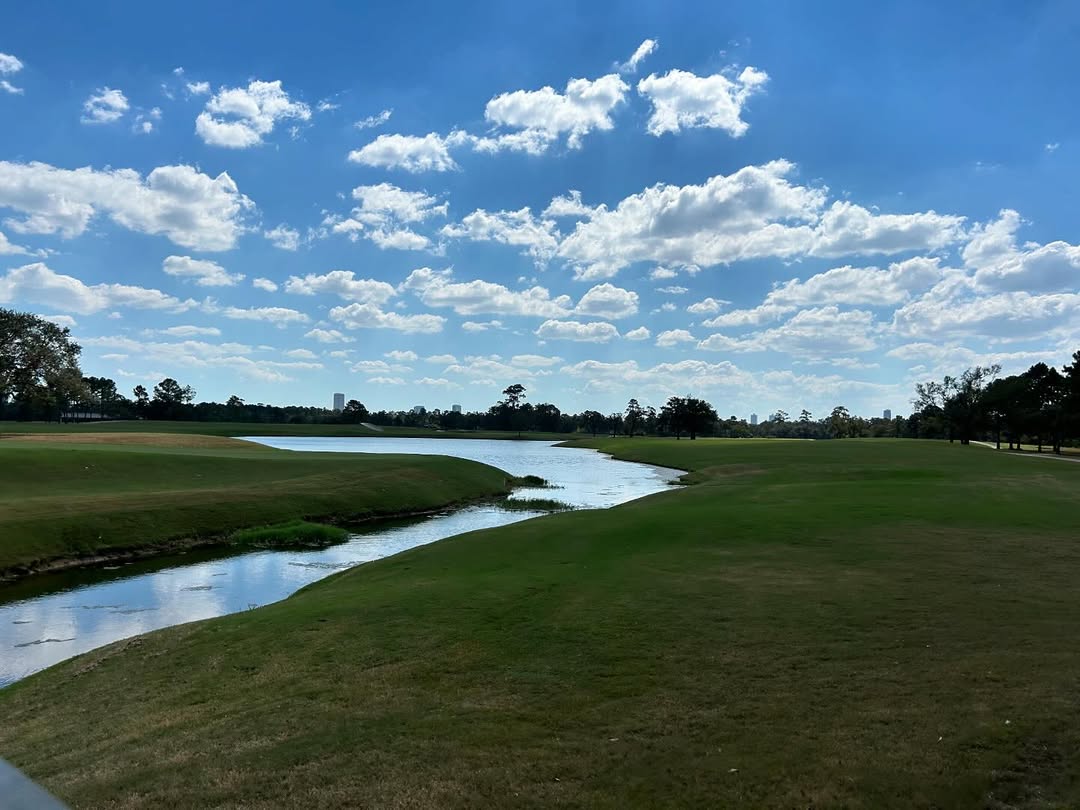

For almost 100 years, Hiawatha Golf Course has been a landmark for golfers and the community, valued as both a recreational hub and a piece of local history. Now, the iconic Minneapolis course is set for a major transformation as city officials unveil a new vision aimed at addressing long-standing flooding challenges.
Watch What’s Trending Now!
The Minneapolis Park and Recreation Board (MPRB) has announced a $43 million plan to downsize the historic Hiawatha Golf Course as part of a climate-resilient redesign. At a press conference, Superintendent Al Bangoura unveiled three design concepts, noting, “We’re going to try to work with Mother Nature and work together to really improve this course. The course will be more resilient to floods, the park will be more welcoming to more people and the area’s ecology will drastically improve.” The draft designs allow the public to mix and match features for the final plan.
Built from a marsh more than a century ago, Hiawatha has long faced water issues. “Hiawatha Golf Course has had four major floods in the last 75 years, that’s four in 100-year floods in 75 years,” Bangoura said. Despite pumps, fill, and a berm, the land’s natural conditions prevail. On June 19, 2014, 4.13 inches of rain flooded the course. “We fought back Mother Nature, and Mother Nature had won,” Bangoura recalled.
ADVERTISEMENT
He added, “We build walls and we brought in fill to the golf course. We created giant berm and put in pumps that moved 240 million gallons of water each year from the golf course.” Officials describe the site as a “bathtub,” lying below the nearby lake and highly flood-prone. Bangoura compared its challenges to Augusta National, saying the flooding was worse than the damage to Amen’s Corner.
But Tyler Perderson, design project manager for MPRB, explained how the current topography limits future use of the land which makes the renovation challenging. “Several of the golf course holes, about 40 acres, sit below the level of the lake, so it’s kind of a bathtub,” Pederson said. “We need to be sure that the golf course is up out of the flood plain area and the lower areas are actually made a little bit lower, so we’re kind of re-arranging the flood plain volumes, so that the golf course can drain and be flood resistant,” he continued. So one of the designs they have in mind is a smaller, nine-hole course, which can be played as 18 holes.
After years of debating the project, Minneapolis officials are offering details on the redesign of the historic Hiawatha Golf Course and surrounding parkland in south Minneapolis. https://t.co/y5ansHDbOj
— FOX 9 (@FOX9) August 14, 2025
ADVERTISEMENT
Another concept, as suggested by the new architect Brandon Johnson, includes concepts like shorter 3-hole and 9-hole loops to make the space more accessible to a wider range of players. Each of the three designs features expanded wetlands and marshes—landscapes that benefit from and help mitigate flooding, rather than resist it. But as the course evolves to meet environmental needs, many in the community are also reflecting on the deep cultural and historical significance the site holds.
Top Stories
LIV Golf Issues Statement as Pro Announces Shock Retirement After Getting Relegated

Calls Mount Against PNC Championship TV Coverage as Tiger Woods & Charlie Woods’ Absence Felt

Praise Pours In for Annika Sörenstam After Her Gesture Toward Matt Kuchar and Son Despite PNC Loss

Amanda Balionis Receives Wake-Up Call That She Didn’t Expect to Face at 39

Johnson Wagner Admits Guilt for Making Jordan Spieth Miss Out on Rare PGA Tour Record

ADVERTISEMENT
History and cultural significance of the Hiawatha Golf Course
The park board’s goal is not only to improve the course but also to preserve its history. For decades, Hiawatha Golf Course has been a symbol of resilience for the Twin Cities’ Black community. Solomon Hughes Sr. played a key role by challenging segregation at the clubhouse, paving the way for integration.
In 2021, his legacy was honored when the clubhouse was renamed after him. “That family and Solomon Sr., he broke the barriers, he opened up the course for a lot of people like myself now… so working with the family and talking with them is very important,” said Superintendent Al Bangoura.
Despite years of debate and resistance from the community over shrinking the course from 18 to 9 holes, officials have maintained that preserving Hiawatha’s cultural identity is central to its future. “I understand very clearly the history of this golf course and what it means to the Black golfers, and for me as a person of color, too,” Bangoura said. “But I also know that change is hard, and I believe this is the way forward for this golf course,” he added. Tyler Pederson echoed that commitment, saying, “We understand the history of the golf course and the importance, but that history is still alive today and we want to perpetuate that into the future.” While the initial plan was initiated in 2018, the park board ultimately voted in 2022 to move forward with a 9-hole vision. The park board also plans to introduce programs that focus on youth engagement, particularly for kids of color, to ensure the course remains a space of opportunity, pride, and inclusion for the next generation.
ADVERTISEMENT
ADVERTISEMENT
ADVERTISEMENT
ADVERTISEMENT

